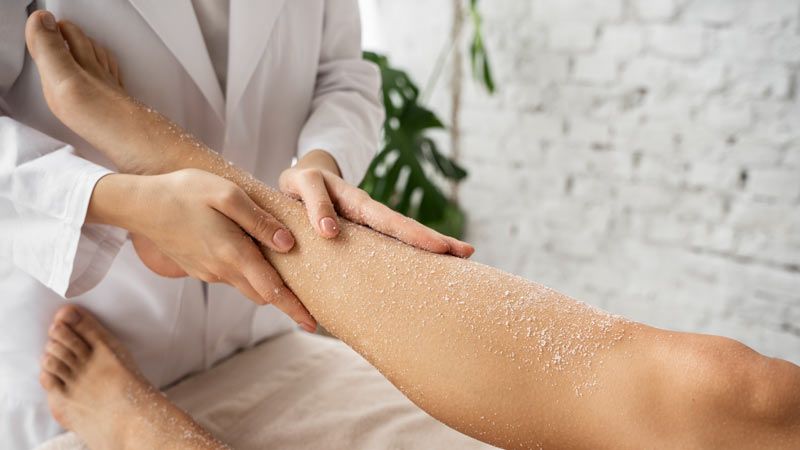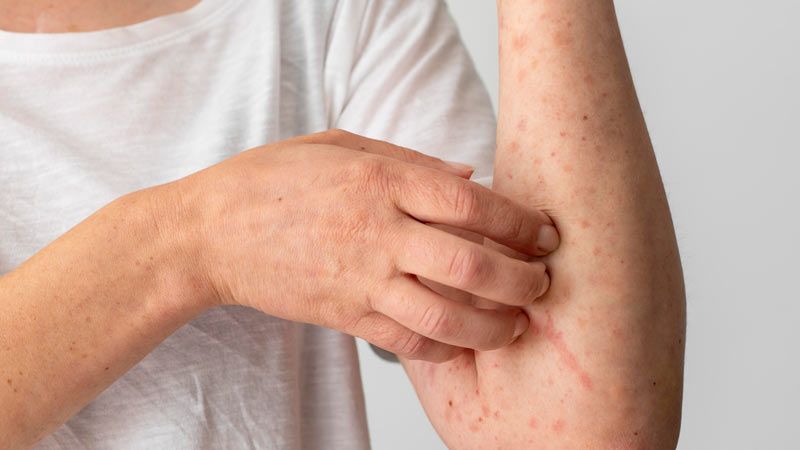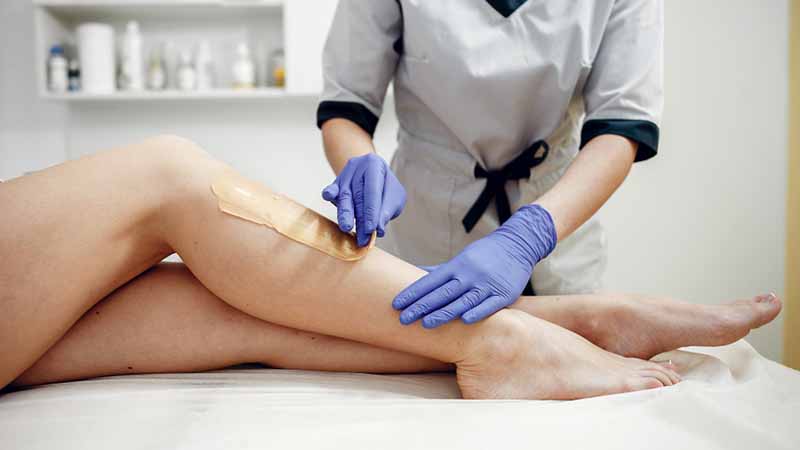Hair-Removal Mistakes To Avoid
- 22 months ago
Many of us strive for smooth and hair-free skin when it comes to removal. While there are various methods available to achieve this goal, it's essential to approach hair removal with caution to avoid potential mistakes.
Imagine this: You're getting ready for a special occasion, slipping into your favorite outfit, and feeling confident from head to toe. But wait! There it is, lurking like an unwelcome guest—unwanted hair. In a world obsessed with smooth, hair-free skin, the battle against those pesky strands can sometimes feel like a never-ending quest. Whether you're a veteran in the hair removal game or just starting your journey, it's crucial to be aware of the common mistakes that can turn this seemingly simple task into a hairy situation.
We've all been there rushing through our hair removal routine, only to be left with razor burn, stubborn ingrown hairs, or worse, skin irritation that lasts for days. But fear not! By arming yourself with the knowledge of these hair removal mistakes, you'll be equipped to avoid the pitfalls and achieve smooth, radiant skin that you can proudly show off.
1. Neglecting Exfoliation

Exfoliating your skin before any hair removal method is crucial. Failing to exfoliate can lead to clogged hair follicles and ingrown hairs. Exfoliation helps remove dead skin cells, allowing hair to grow freely without obstruction. Prioritize exfoliating a day or two before hair removal to achieve better results and prevent ingrown hairs.
[Also check: 6 Everyday ingredients that are excellent exfoliants]
2. Ignoring Skin Sensitivity

Everyone's skin is unique, and some individuals have more sensitive skin than others. Ignoring your skin's sensitivity can lead to adverse reactions, such as redness, irritation, or even burns. Before trying a new hair removal method, perform a patch test on a small area of your skin to check for any adverse reactions. If you have sensitive skin, consider gentler methods like shaving or depilatory creams.
[You may find this useful: How do I determine my skin type?]
3. Using Dull Razors

If you prefer shaving, using a dull razor blade can be a significant mistake. A dull blade can cause skin irritation, cuts, and an uneven shave. Replace your razor blades regularly, and always use a sharp one to ensure a smooth and comfortable shave. Additionally, moisturize your skin before shaving to minimize friction and razor burn.
4. Shaving Against the Grain

Shaving is a popular hair removal method, but it's essential to do it correctly. One common mistake is shaving against the direction of hair growth. While it may provide a closer shave initially, it increases the risk of razor burns, bumps, and ingrown hairs. Shave along the direction of the growth of hair to avoid irritation and get smoother results.
Also check: Does shaving make your hair grow back thicker?
5. Overlooking Proper Waxing Techniques

Waxing is a popular method for long-lasting hair removal, but it can be tricky if not done correctly. One mistake is applying wax that is too hot, which can result in burns. Before applying wax to your skin, always check its temperature. Additionally, ensure that the hair is of adequate length for effective waxing, usually around a quarter inch. Pull the wax strip parallel to your skin rather than pulling it straight up to minimize pain and reduce the chances of skin damage.
6. Neglecting Aftercare

After hair removal, proper aftercare is vital to maintain healthy and smooth skin. Many people neglect this step, leading to problems such as ingrown hairs, infections, or skin dryness. Use a gentle moisturizer or aloe vera gel after hair removal to soothe the skin and keep it hydrated. Avoid tight clothing or excessive sweating immediately after hair removal to prevent irritation.
7. Shaving dry skin

Shaving dry skin is a common mistake that can lead to various skin issues. When you shave without moisturizing your skin, it increases the risk of irritation, razor burns, and cuts. Dry skin lacks the necessary lubrication, making the razor blade tug and pull on the hair, causing discomfort and potential damage to the skin's surface.
Conclusion
Hair removal is a personal choice, and it's essential to approach it with care. By being aware of and avoiding these common hair removal mistakes, you can minimize the risk of adverse reactions, irritation, and unsatisfactory results. Remember to exfoliate, consider your skin sensitivity, and follow the proper techniques









